
Memorable Spaces: Indian Architecture Edition
Indian Architecture Edition
India’s incredible heritage and cultural history has innumerable time stamp testimonials in the form of architecture. From caves, temples, and palaces, to stupas and stepwells, our architectural diversity is unlike any other country in the world. This rich and enduring tapestry developed over 4000 years, during which there were several political and foreign influencers, weaving new threads of variance. India ranks #6 in the list of countries with the most UNESCO World Heritage Sites. Here are some of the most memorable man-made spaces in our country.
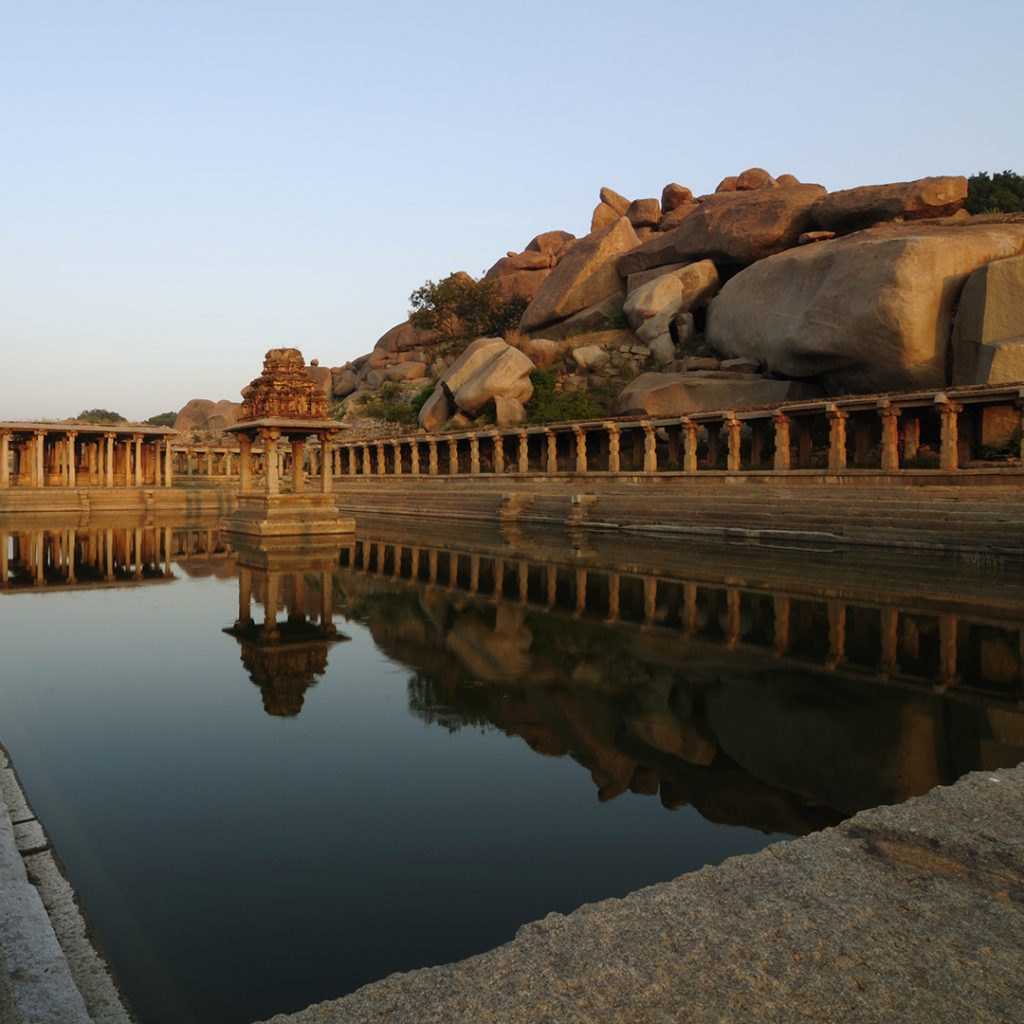
01. Hampi
Hampi is a temple town in Northern Karnataka and was once the capital of the historical Vijayanagara Dynasty. Dating back to 1500 AD, the ruins of temples and other structures that were apart of the Vijaynagar Dynasty are the main attraction. According to some historical accounts, Hampi used to be considered the second-largest city in the world. The austere, grandiose sites of Hampi have won over the admiration of all travelers. These Dravidian temples and palaces were built between the 14th and 16th centuries. Hampi is also classified as a World Heritage Site by UNSECO, and the town is called the “World’s Largest Open-air Museum” covering an area of about 29 sq km.
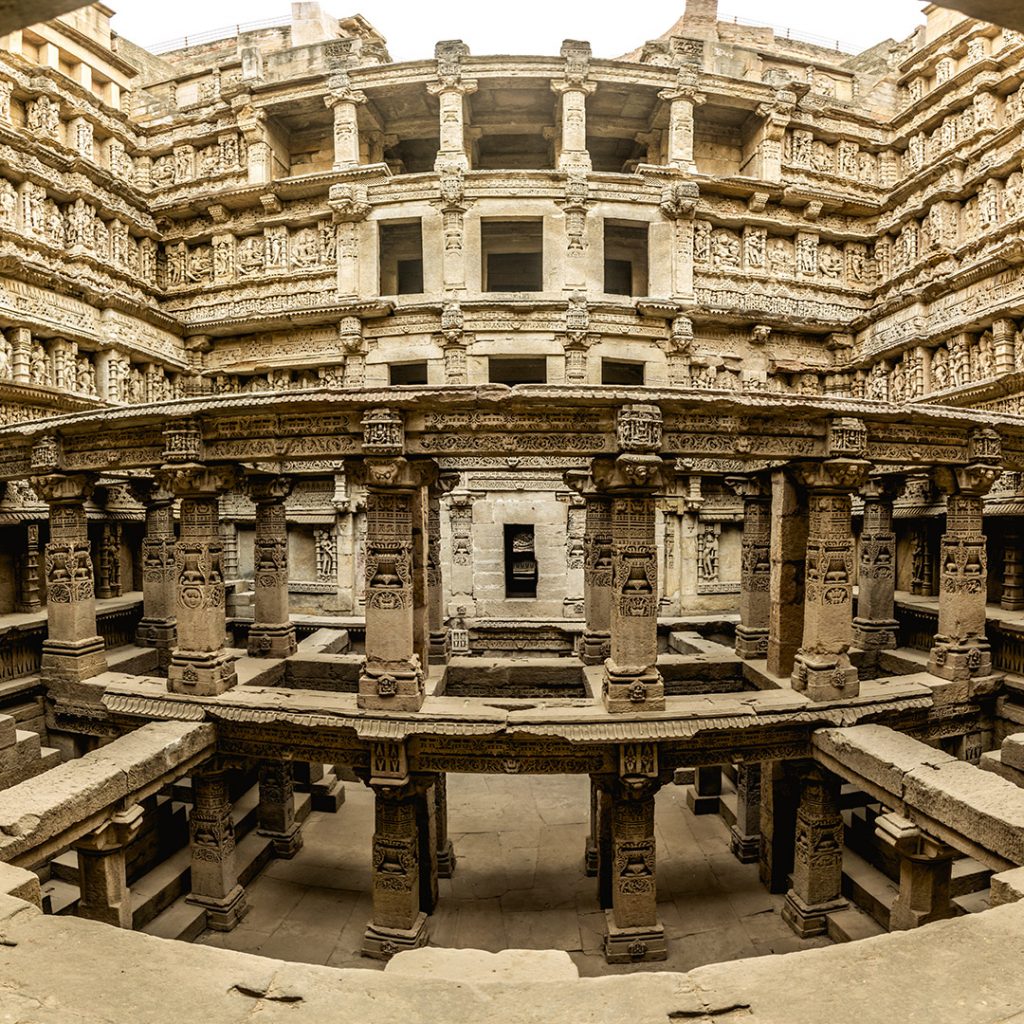
02. Ancient Stepwells of India – Rani ki Vav
Rani-ki-Vav was initially built as a memory to a king in 11th century AD. Stepwells are a disincentive form of a water resource and storage in the Indian subcontinent – structures like these have been built since 3rd Millennium BC. These structures evolve over time from a pit in the soil to an elaborate multi-story work of architecture. This stepwell was built in a Maru-Gurjara architectural style that reflects the mastery of the complex technique with detailed proportions. Almost designed like an inverted temple, highlighting the sanctity of water the structure is divided into seven levels of stairs with highly intricate sculptural panels. There are more than 500 principle sculptures and 1000 minor ones that combine secular, religious, mythological imagery along with literary works.
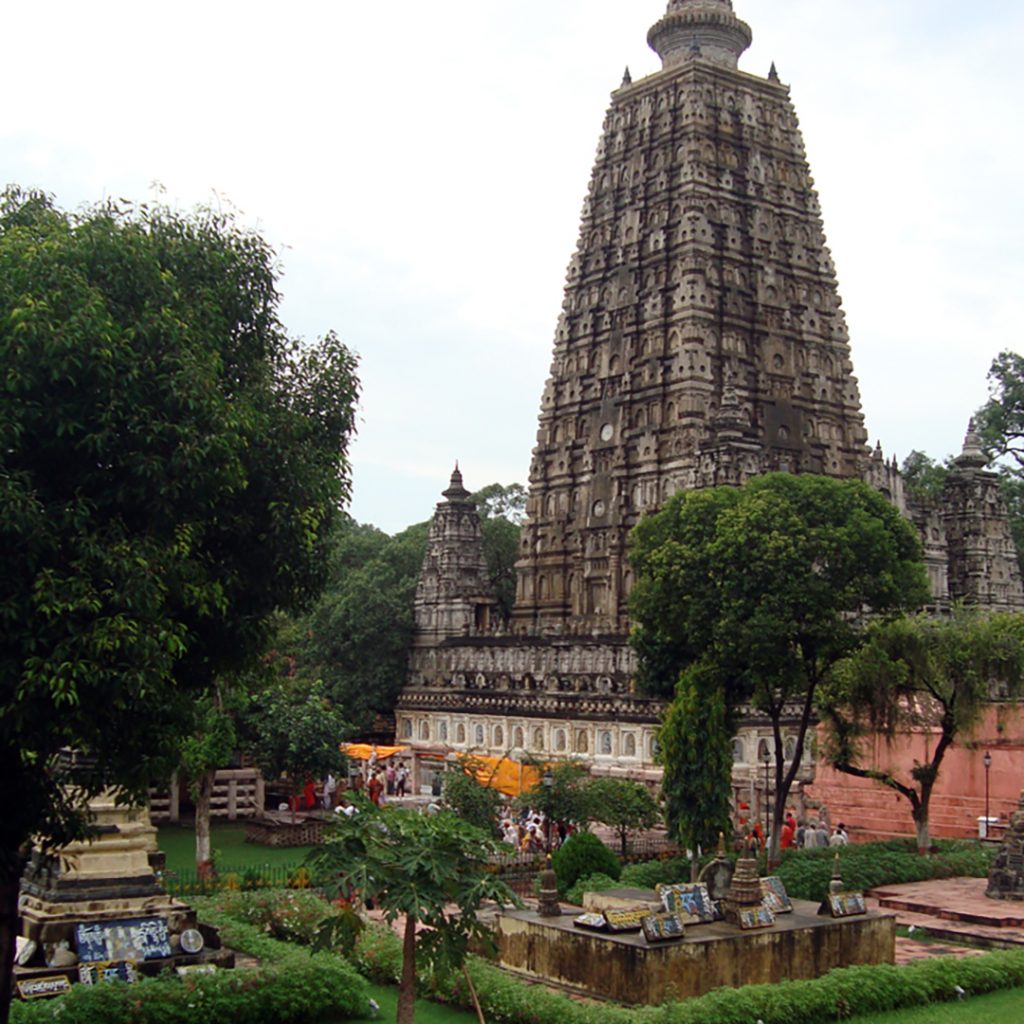
03. Mahabodhi Temple at Bodh Gaya
The Mahabodhi temple is considered to be one of India’s popular spiritual destinations. It isn’t just another temple but marks the spot where the Buddha was enlightened. It’s an intricate and elaborately crafted complex that emanates a serene ambiance – people from all walks of life attain peace when they visit this site. It was declared a UNESCO World Heritage site in 2002 and was restored by the British in 1880. It is believed that the temple was built in the 3rd century by Emperor Ashok. The present complex comprises the 50 meters high Temple the Vajrasana, sacred Bodhi Tree (fig), and other six sacred sites of Buddha’s enlightenment, surrounded by several ancient stupas. The existing Bodhi Tree at the complex is not the original tree that Buddha was enlightened under – most likely to be the fifth succession of the original one. The meditation garden within the temple’s complex is the most popular zone to visit – one can sit there in tranquility and meditate with the monks.
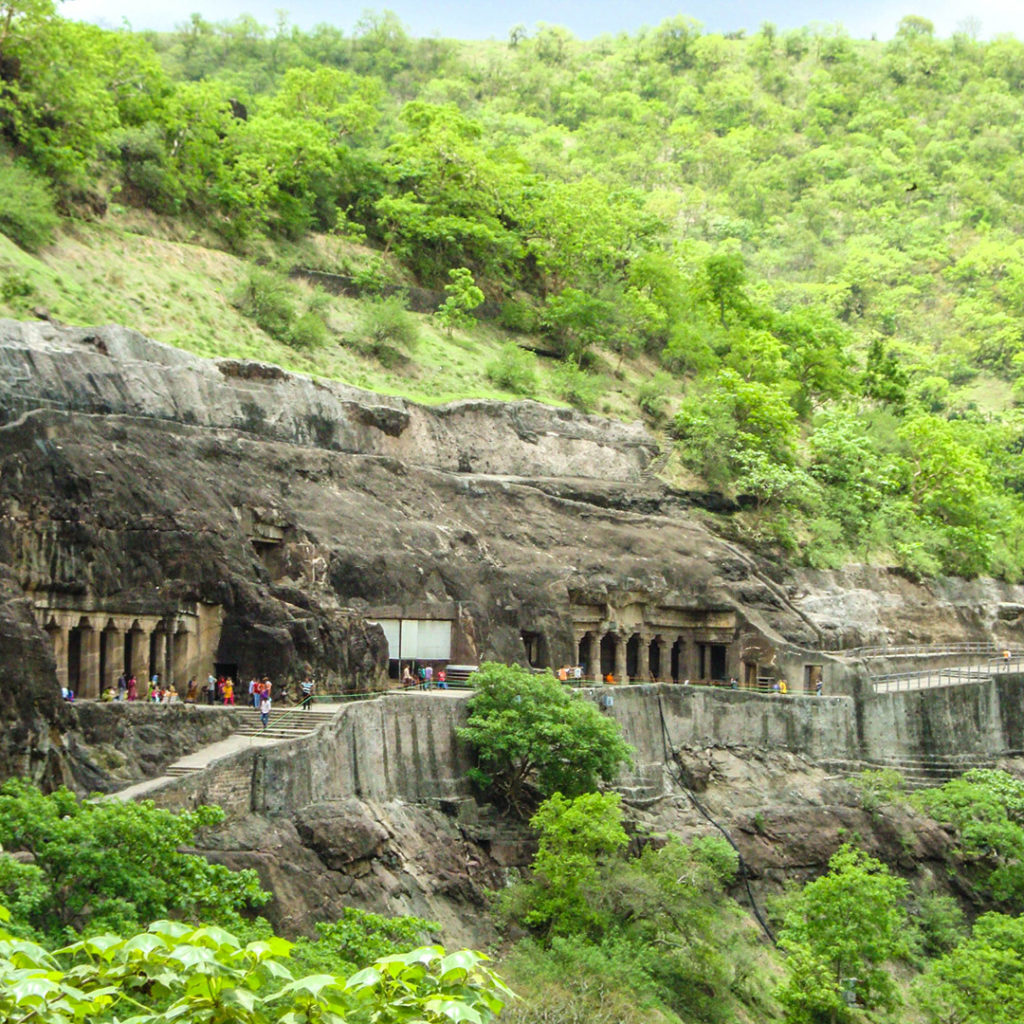
04. Ajanta Caves
About 100 km from the city of Aurangabad are the rock-out cabers of Ajanta that are nestled in a panoramic gorge, sharped in the size of a gigantic horseshoe. Consisting of a set of 29 caves, Ajanta is one of the finest examples of early Buddhist architecture, sculptures, and paintings. These caves hold the halls or shrines of Chaitya – which are dedicated to Lord Buddha. The Viharas or monasteries are still used by monks to meditate and impart Buddhist teachings. The paintings on the walls and ceiling of the caves showcase instances from the life of Lord Buddha. The most popular and interesting paintings are the Jataka tales.
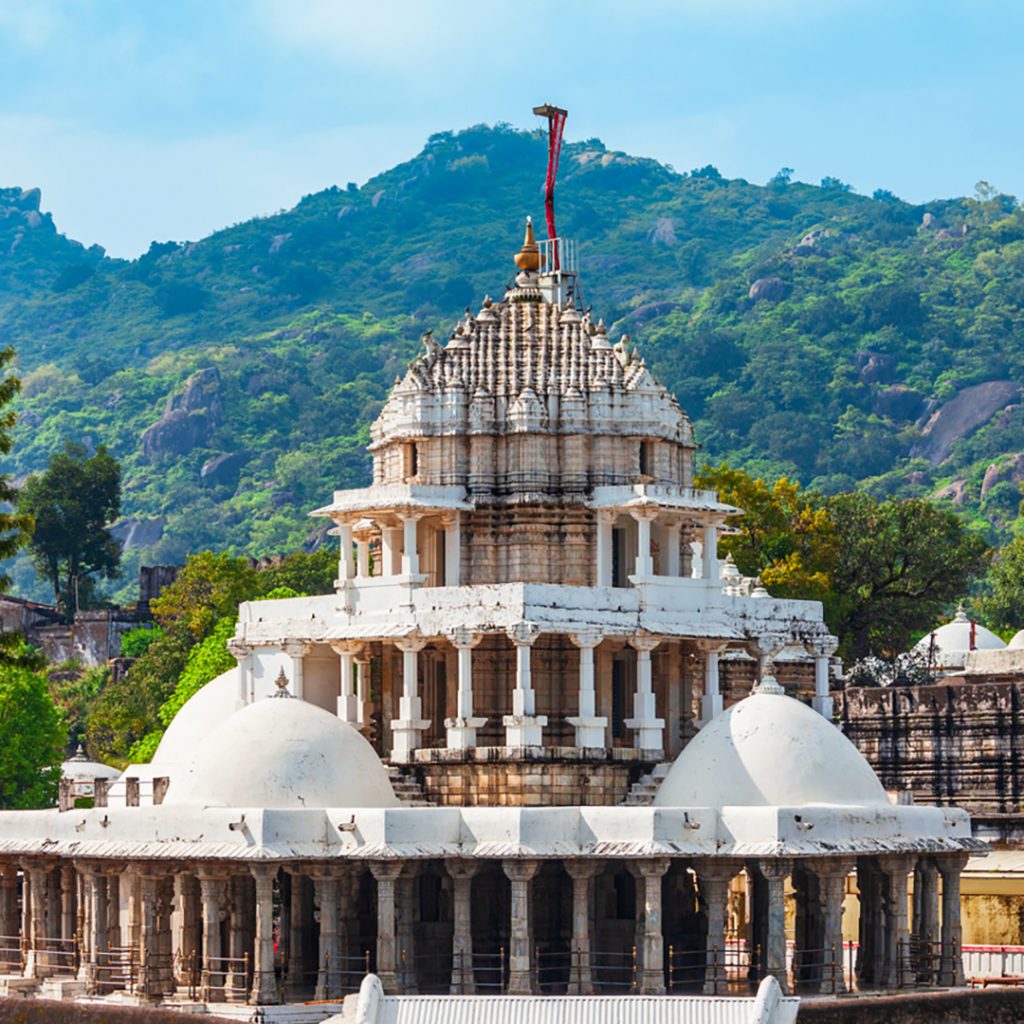
05. Dilwara Temples, Mount Abu
Dilwara Jain Temples in Mount Abu are located about 2 and a half kilometers from the hill station. The complex has five temples built at various times in history around the 12th century, by the followers of Jainism. The five temples are Shri Mahaveer Swami Temple, Shri Adi Nath Temple, Shri Rishabdaoji Temple, Shri Parshav Nath Temple, and Shri Nemi Nath Ji Temple. These five intricately sculpted temples are dedicated to the five Jain saints or the “Tirthamkars”. It is the epitome of marble architecture in India and one of the most stunning Jain shrines across the world. It is most popularly known for ornamented pillars and detailed carvings.
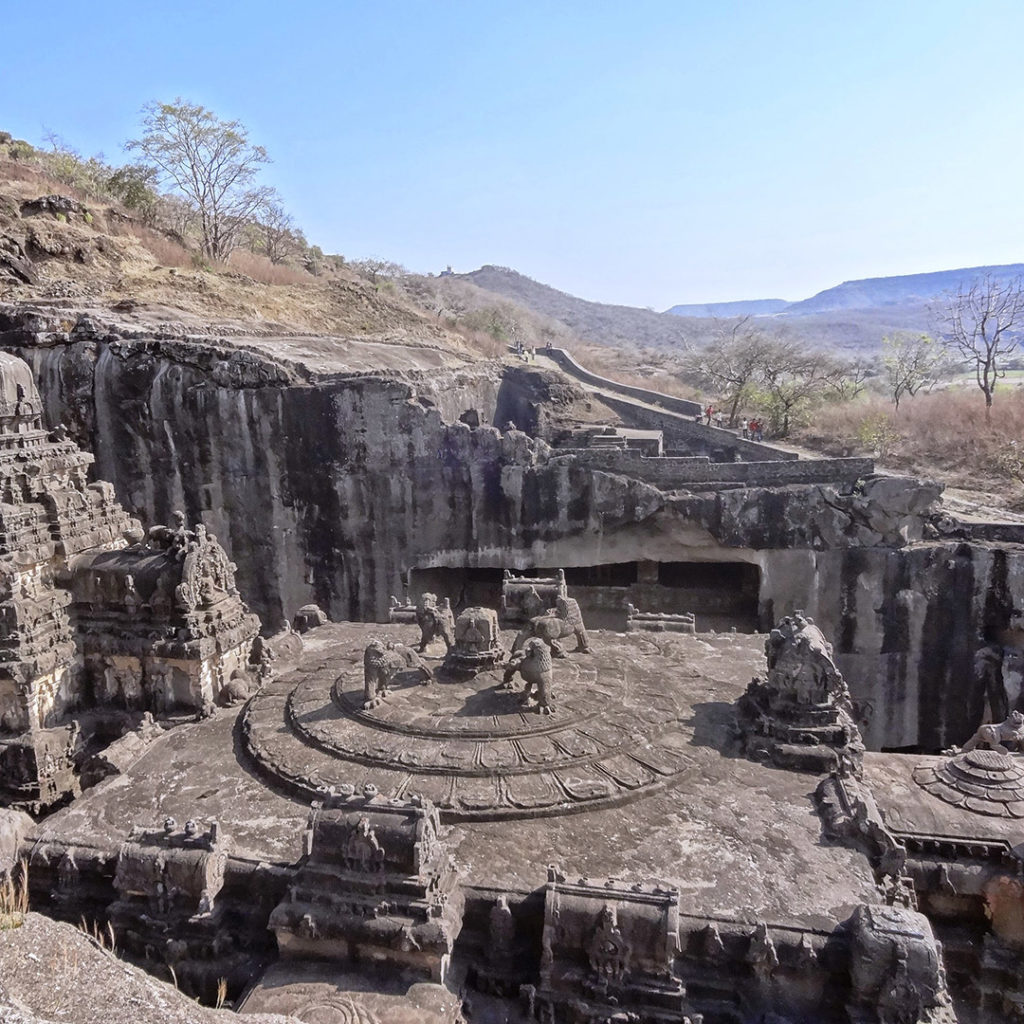
06. Ellora Caves
The Ellora Caves were built during 600 to 1000 CE, they lie in the Sahyadri hills which is about a 2 hours drive from the Ajanta Caves. These caves comprise of Buddhist, Hindu, and Jain temples and contain over a 100 caves where only 34 are open to the public. The Ellora Caves are a UNESCO World Heritage Site and is considered one of Ancient India’s most stupendous works of art. These calves serve as lodging to traveling Buddhist and Jain monks There are 17 Hindu caves, 12 Buddhist and 5 Jain with detailed carvings depicting mythology from each faith. These caves act as a monument of harmony and solidarity among all beliefs and faiths. Unfortunately, most of the idols and deities in the caves have been damaged but the painting and carvings remain as is. The inscriptions on the walls date back to the 6th century – the most famous one being the Rashtrakuta Dantidurga on the mandapa of Cave 15 inscribed from 753 to 757 AD.
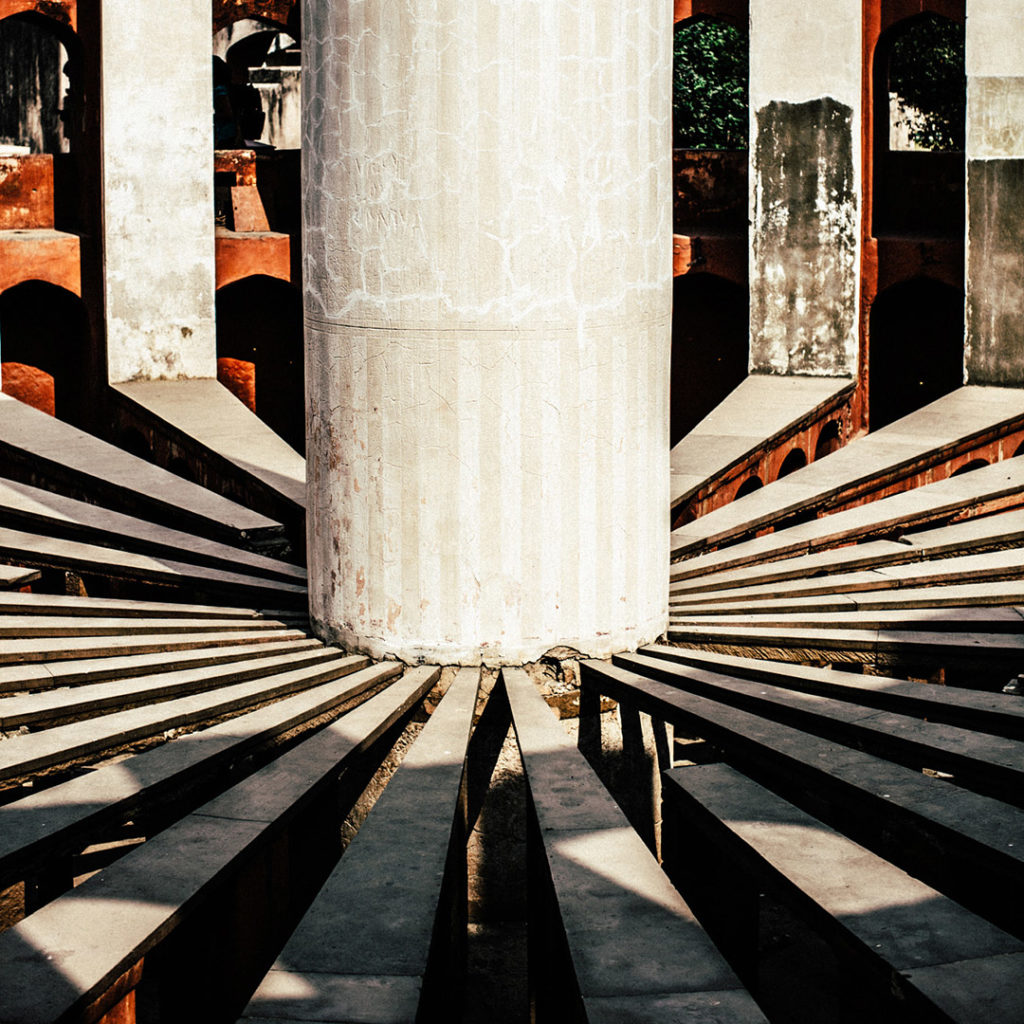
07. Jantar Mantar, Delhi
Located at the center of Delhi, Jantar Mantar is an astronomical observatory and an equinoctial sundial, dating back to the 18th century. This nearly 300-year-old structure was built by Maharaja Jai Singh II of Jaipur in 1724. The main objective of this structure was to assemble the astronomical tables and accurately predict the movements of the sun, moon, and planets. This observatory contains a number of astronomical structures and instruments – all built of masonry. These various instruments were built using materials like brick, limestone, rubble, and were finally plastered. Jantar Mantar is also an outdoor observatory so all instruments installed here are in the open air. None of the structures within Jantar Mantar have gone through restoration, even after all these years – it shows the construction has stood the test of time. The observatory comprises of 13 astronomical instruments, four of these are primary devices. These devices are the Samrat Yantra, the Jayaprakash Yantra, the Rama Yantra, and the Misra Yantra. This grand structure is also a UNESCO World Heritage Site. Jantar Mantar also houses one of the world’s biggest stone sundial.
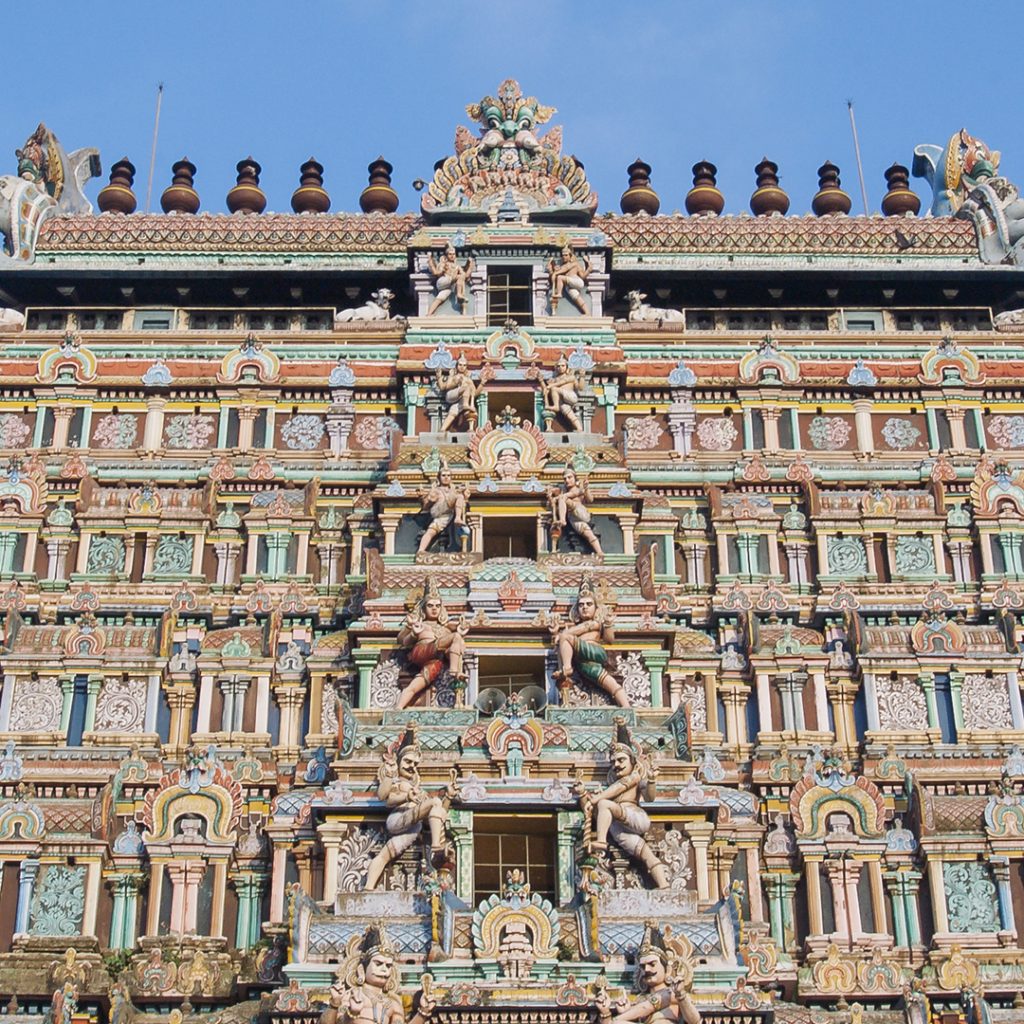
08. Chidambaram Temple, Tamil Nadu
The Chidambaram Temple is known to be a Hindu temple dedicated to Lord Shiva and located in Tamil Nadu. The Sangam classics refer to ‘Viduvelvidugu Perumtaccan’ – a respected clan of traditional Vishwakarmas. They are considered to be the chief architects of the temple renovation. Throughout history, there have been several renovations especially during the days of the Chola emperors. This temple is one of the five holiest Shiva temples in India – each one represents a natural element. Chidambaram imbibes Akasha which means aether. The entire complex of the temple is spread across 50 acres and is in the heart of the city, Chidambaram. One of the most sought after features of this temple is the bejeweled image of Nataraja – the cosmic dance of Lord Shiva. The temple sculptures also depict the Thillai trees which date back to the 2nd century CE).
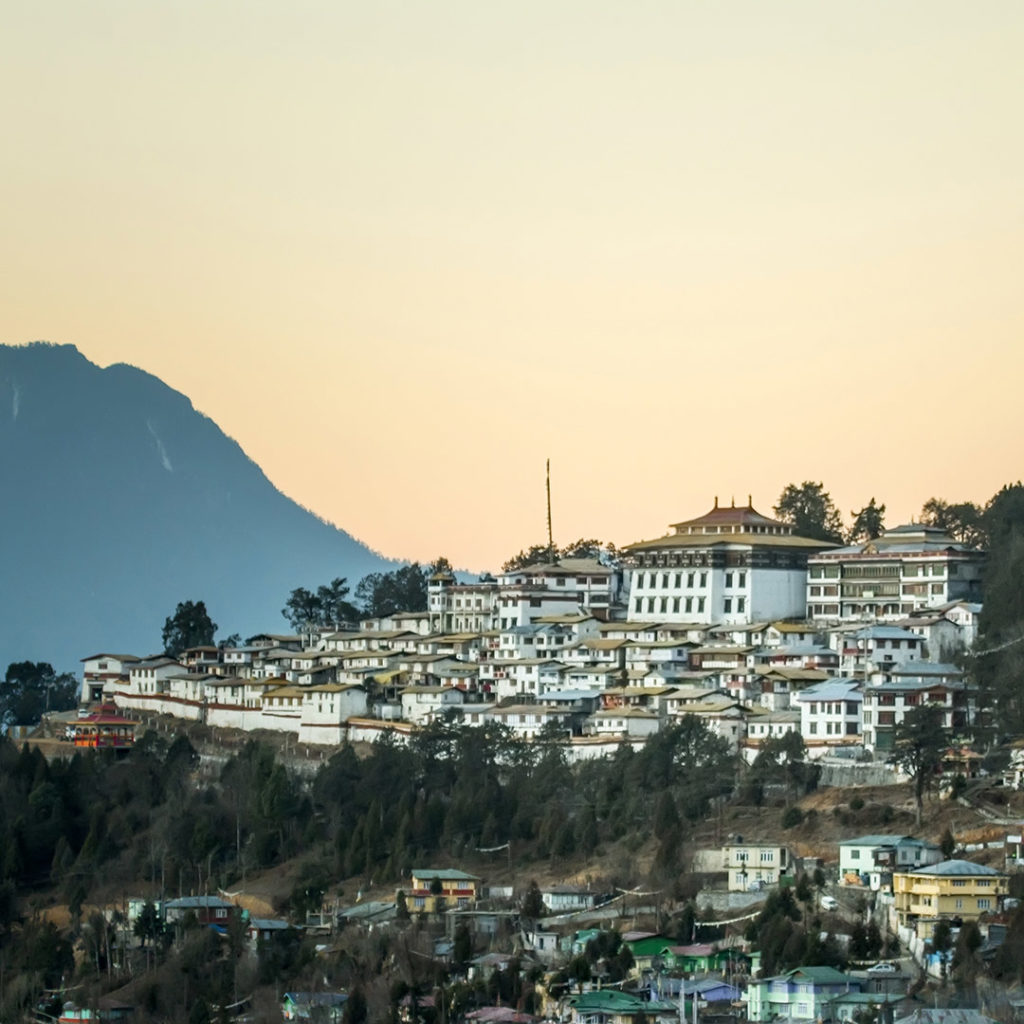
09. Galden Namgey Lhatse
Galden Namgey Lhatse also knows as the Tawang Monastery is the largest monastery in all of India and the second largest in the world – first being the Potala Palace in Lhasa, Tibet. This Monastery was founded by Merak Lama Lodre Gyatso in 16980-1681 upon the wishes of the 5th Dalai Lama at the time – Ngawang Lobsang Gyatso. It is three stories high and enclosed by a compound wall as long as 9s25 feet. It’s a library that contains some of India’s oldest scriptures and the structure itself hosts some of the country’s most grand festivals – Torgya being the most vibrant. This monastery currently belongs to the Gelug School of Mahayana Buddhism. Galden Namgey Lhatse preserves two ancient scrips – Kangyur and Tengyur. The gompa is situated at an altitude of 10,000 feet and ranks as one of the 15 “must-see places” in all of India.







